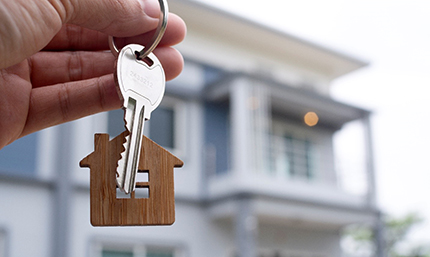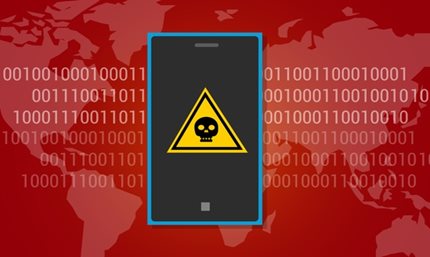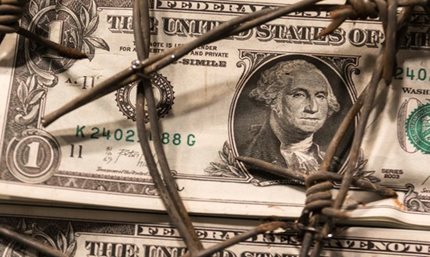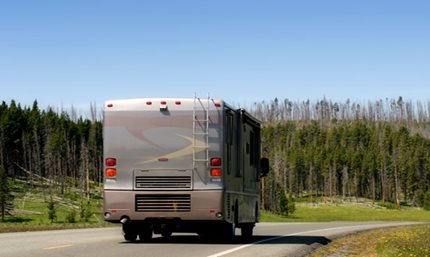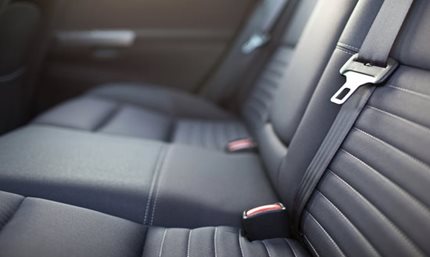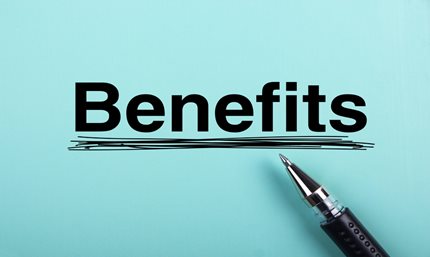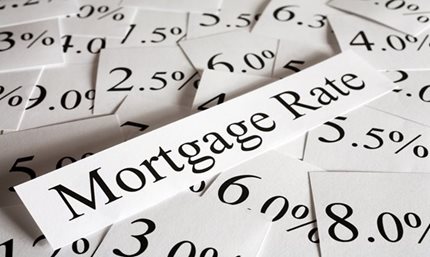News & Tips
The Florida Financing Guide to Motorcycle Loans
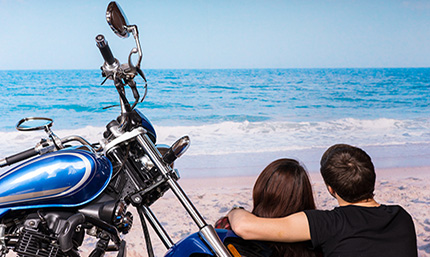
Unrolling miles of snowless roads and plenty of sunny days make Florida the ideal place for a happy rider. Are you dreaming of cruising along A1A with the beach as your companion, jaunting around town with ease, and sporting your favorite leathers and lid? But pump the brakes, maybe reality sets in that you don’t have quite enough cash to cover the full upfront cost of a bike. Whether you’re looking at buying a new cruiser from a local dealership or a used sportbike from a private seller, this guide will cover where you can get a motorcycle, motorcycle loan requirements, and how to finance a motorcycle.
Where can I get a motorcycle loan?
One thing’s for sure—you’ve got plenty of options! Here are some places you can get a motorcycle loan:
- Banks or credit unions: With a pre-approval from your bank or credit union, you’ll have a much better idea of how much bike you can afford. Plus, institutions like these usually offer a wide range of repayment terms. Psst, here’s a little-known secret: you’ll often find that credit unions like Space Coast Credit Union (SCCU) offer lower interest rates than banks.
- Online lenders: This can be an ideal option if you’re buying a motorcycle from a private owner. Online lenders may not use your motorcycle as collateral, which means they’ll likely require higher credit scores and have other strict qualifications.
- Dealerships: Dealerships offer some convenience, as they can sort out the financing paperwork for you, and this may grant you some additional peace of mind knowing that you’re purchasing from a reputable source. But keep in mind that all of this may come at a price, as dedicated powersport dealers often pass certain costs on to consumers in the form of freight fees and setup fees, in addition to the standard tax, tag, and title fee that you may be familiar with.
- Manufacturers: Some motorcycle manufacturers offer financing for their product directly to consumers, and often times you can find favorable terms due to special promotions or yearly sales. The downside? The terms of these loans are often much more restrictive and outside of those promotional periods, and the rates may be higher than a loan from a financial institution.
Motorcycle Loans vs. Personal Loans
You may be wondering: Is it better to get a personal loan or a motorcycle loan? Let’s take a look at their similarities and differences:
- Unsecured vs. Secured: Unsecured loans wouldn’t use your motorcycle as collateral, so you can typically expect higher interest rates and higher credit score requirements from the get-go. On the other hand, secured loans would use your motorcycle as collateral, which reduces the risk to the lender and can lead to lower rates and a higher tolerance to variable credit scores. Most personal loans are unsecured and motorcycle loans are secured, but that’s not always the case.
- Interest Rates: The starting interest rates will often be lower for secured motorcycle loans than they would be with unsecured personal loans.
- New or Used Requirements: With a personal loan, you’ll get a lump sum of money that you can use however you’d like, which gives you the flexibility to choose your bike from a dealership or a private seller. Plus, you can pay cash at the time of purchase and own the motorcycle outright. Whereas with a traditional motorcycle loan, the lender may have minimum/maximum loan amounts, mileage requirements, and restrictions for what type of bike you can buy based on its age and seller.
- Engine Size: You’ll most likely need to look into a personal loan for two-wheelers that have engines smaller than 50cc’s, as they won’t always qualify for a traditional motorcycle loan.
- Minimum Loan Amounts: As mentioned above, some motorcycle loans specify a minimum loan amount, such as $2,500, whereas you may be able to get a personal loan for as low as $1,000. So, if you need a small loan, perhaps for a used motorcycle, then a personal loan may be the best option.
You may have a better chance at saving more money with a secured motorcycle loan because you’d likely get a lower interest rate and would be paying back less interest over the life of the loan.
What is a good interest rate on a motorcycle loan?
Motorcycle loan interest rates vary by lender, term, loan amount, and the model’s year. And keep in mind that interest rates change regularly. Your credit score, debt-to-income ratio, and job income stability also play a role in what interest rate you receive.
In addition, a motorcycle loan’s interest rate only accounts for the cost of borrowing the principal loan amount, but an APR (annual percentage rate) is the annual cost of borrowing money with fees included. Be sure to compare APRs from different lenders.
| Tipo | Período de pago | APR* "As Low As" | Payment per $1,000 |
|---|---|---|---|
| Motorcycles and Scooters 2022-2026 | 36 meses Término será determinado por la cantidad del préstamo |
5.99% | $30.42 |
| Motorcycles and Scooters 2019-2021 | 36 meses Término será determinado por la cantidad del préstamo |
6.49% | $30.64 |
| Motorcycles and Scooters 2018 & Older | 48 meses Término será determinado por la cantidad del préstamo |
10.75% | $25.72 |
Rates shown are fixed Annual Percentage Rates and subject to change. Your actual rate and terms are affected by your creditworthiness, term selected, vehicle type, and model year. Certain restrictions apply. You may be asked to furnish a down payment. Florida loans are subject to Documentary Stamp Tax. The tax amount is not included in the quoted APR.
Scooters: Engine size of 50cc’s or greater will be treated as a motorcycle loan. Anything less than 50cc’s will be considered a signature loan.
Motorcycle Loan Requirements
You may be wondering if motorcycle loans are hard to get. It depends on the lender’s motorcycle loan requirements. Let’s take a look at the main ones:
Credit score: Lenders will look at credit scores in determining the interest rate and loan-to-value ratio (more on this later). In most cases, the higher your credit score, the lower your rate. The three main credit bureaus, Experian, TransUnion, and Equifax, take information from creditors for your credit reports.
Lenders may use their own credit scoring models, but they often use FICO® Scores in their consideration. Here are the ranges:
- Exceptional: 800-850
- Very Good: 740-799
- Good: 670-739
- Fair: 580-669
- Poor: 300-579
At SCCU, you can check your FICO® Score at no extra cost in your Online or Mobile Banking account.
Debt-to-Income (DTI) Ratio: Lenders look at your debt-to-income ratio to help them get an idea of how risky it would be to issue you a loan. Most lenders want to see a DTI ratio that is 36% or less. Some lenders will approve a DTI ratio between 37-49%, but the rate and term may not be as good.
To calculate your debt-to-income ratio, add up your monthly debt payments (rent/mortgage and loans) and divide it by your monthly gross income. For example, $2000 in debts/$6000 gross monthly income = 33% DTI. Feel free to use this debt-to-income calculator.
Loan-to-Value (LTV) Ratio: The loan-to-value ratio is where lenders compare the loan amount to the value of the asset, in this case a motorcycle—an assessment of risk for financing.
For example, if the motorcycle’s value is $6,000, the down payment is $1,200, and you need a loan for $4,800, then the LTV is 80% ($4,800/$6,000).
Some lenders may not finance 100% on older motorcycles because of depreciation, but lenders may finance up to 120% on newer models.
Down payment: Minimum down payments will vary by lender. The more money you put down for your motorcycle loan, the more likely you’ll have smaller monthly payments (depending on the term) and save on interest for the life of the loan.
Types of Motorcycles: Which is best for you?
To a novice, a motorcycle may just seem like any two-wheeled vehicle. But they actually come in highly specialized categories, like cars do, fit for different lifestyles and intentions. Based on what you want to get out of your riding experience, the type of motorcycle you pick may be more important than you think. Let’s take a look at the best types of motorcycles by purpose:
Cruising/Touring: One of the most popular riding segments worldwide, the cruising and touring category is composed of a few different types of bikes all characterized by some common features. An upright riding position, with a forward or mid-mounted peg position, a generally low seat height, and sloped back handlebars afford the rider a lot of ergonomic comfort for long journeys, and can be very approachable to beginners.
Popular cruisers and tourers range in size, from the smallest standard motorcycles up to the largest cross-country tourers, which can weigh up to 800 pounds and contain as many features as some compact cars! As the name implies, if you’re looking to cruise down long stretches of highway with a partner on the back seat, and want ample storage space and comfort, then this segment of motorcycles is likely going to be where you gravitate towards.
Sport/Track: This segment was born from homologation (official certification process for racetrack approval), as manufacturers muscled for the top of the podium and developed finely tuned racing machines to participate in competitions all around the world. To many, this segment is the quintessential “motorcycle.”
Sportbikes share some common features that distinguish them from their cousins, such as high-revving, more compact engines, lighter curb weights, much higher seat heights, and an aggressive seating position with rear-mounted pegs and low-down handlebars. All of these adaptations make sportbikes more nimble and most importantly, faster, than any other segment of bike.
Despite seeming a bit intimidating, many riders’ first time in the saddle is on a sportbike, and manufacturers have created smaller displacement versions of their trophy-winning track bikes to help novices get their footing. So if you have a need for speed, you’ll find plenty of options in this category.
Adventure/Off-Road: The newly rising star pupil of the motorcycle segments, off-road bikes have been around for a very long time. Dating all the way back to the early 1910s, when chop shops would modify street bikes into what were known as “scramblers” by removing fenders, welding on skid plates, raising exhausts and popping on knobby tires. Interestingly enough, scramblers are still a category of off-road motorcycle that you can buy today, and many of them remain true to the “modified cruiser” aesthetics of the originals.
But the segment has diversified from there, now including dirt bikes (fully off-road focused, not street legal), dual-sports (dirt bikes modified to be street legal by including lights, turn signals, and other amenities), and adventure bikes (also known as ADVs, which combine the comfort and utility of a touring bike with some of the capability of an off-road bike.)
Because of their wide range of uses, and the general trend towards outdoorsiness, the segment has exploded in recent years, and every major manufacturer now has at least one scrambler, dirt bike, dual-sport, or ADV for you to choose from. So if the muddy backroads or rocky outcroppings are calling your name, this is your perfect ride.
How to Finance a Motorcycle
Let’s take a look at the motorcycle financing process step by step:
Step 1: Check your credit score.
You’ll have a much better chance of getting a good interest rate with a credit score of 700 or higher (even better at 740+). Lenders may also approve you for higher loan amounts, and you’ll have more motorcycle options. If you need to improve your credit, the suggestions in this article can help.
Step 2: Consider your budget for a motorcycle loan.
Before you have your heart set on buying a particular ride, try to work out what you can comfortably afford for your monthly loan payment. Most motorcycle loan repayment terms are anywhere from two to seven years, and while longer repayment terms mean a lower monthly payment, it also means paying more interest over the life of the loan.
Don’t forget about including additional accessories like your gear (jacket, helmet, boots), registration, taxes, fees, maintenance plans, and warranties in the total overall price. Plus, you’ll need to consider the cost of motorcycle insurance, which can vary depending on the type of bike you buy and your driving record.
Step 3: Compare motorcycle loan lenders.
As you check out credit unions, banks, dealerships, manufacturers, and online lenders for financing for the lowest rate, be sure to look at their APRs for a more apples-to-apples comparison. Also, check out their application fees, pre-payment penalties, repayment terms, borrower requirements, and any other special features. Not to worry, according to credit bureaus, applying for financing through multiple lenders within a two-week timeframe should only count as one hard hit to your credit score.
Step 4: Get a motorcycle loan pre-approval.
Once you’ve decided on your top choices, you can apply for a pre-approval. Learn more about a pre-qualification vs. a pre-approval here. The application will request information about your identity, finances, and prospective motorcycle. With a pre-approval, you’ll have a better idea of the loan amount you’ll qualify for and what your monthly payment would be at different terms.
Step 5: Shop around for your motorcycle.
Now’s the fun part! If you haven’t already, subscribe to promotional emails with local dealerships, manufacturers, and motorcycle sites to see if they’re offering any special sales. Browse online private listing sites to see what’s on the market in local areas, and do some research into specific safety features, reliability statistics, and maintenance intervals. You can also learn a lot about your chosen model of bike by visiting discussion forums online and reading about other riders’ experiences.
Before buying a bike, check it out in person and make sure that it’s appropriate for your skillset and your height. As long as you have a motorcycle endorsement and the dealership or private owner allows you to, take it for a spin to get a feel for:
- how quickly the engine turns over
- how comfortably you can reach the handlebars
- how the brakes operate
- how the bike is shifting
- how the engine sounds
See more tips on financing other recreational vehicles here.
Motorcycle Loan Calculator
Would you like to estimate your monthly loan payment? Our custom-made motorcycle loan calculator connects to SCCU’s motorcycle rates in real time and will help you determine what you’ll need to pay every month for your loan based on the loan amount, loan term, and your credit score.
Tips for Buying a Motorcycle in Florida
Here are some other things to consider when buying a motorcycle:
- Seek out deals during certain times of the year: With most states, the best time to buy a motorcycle is during the winter months, even in places that lack true winter weather like Florida, as you may get a good deal on outgoing older models before manufacturers introduce newer ones in the springtime. Motorcycle dealerships may also have seasonal sales around Memorial Day or Labor Day. Ask friends, family members, and colleagues for references, and always read reviews about online sellers/dealerships to ensure they’re legitimate.
- Do your research with used motorcycles: For used motorcycles, especially if you’re buying from a private owner, always bring someone knowledgeable to perform a safety inspection, or learn how to do one yourself before you take a test ride or commit to the purchase. Also be sure to find comparable models so that you can better determine if it’s a good price for what you’re buying. It’s helpful to read reviews and to research makes/models so you can get a sense if it’ll suit your lifestyle and if you’ll need to anticipate any maintenance down the road. Be sure to get a VIN check for its history and to ensure that it has a clean title as well.
- Remember, safety first: Keep in mind that Florida law requires riders to wear protective eyewear. Also, the law dictates that riders under 21 must wear a helmet, and riders 21 and older will need a minimum of $10,000 in medical benefits protection if they choose not to wear a helmet (helmets also reduce your risk of head injury by 69% and death by 42%).
- Look into licensing requirements: In Florida, you’ll need a motorcycle endorsement to drive a motorcycle. First, you’ll need to take an MSF course, and upon passing the course, they’ll submit the results electronically to the DMV, where you’ll need to bring proper ID and pay a fee to get your endorsement. Find the course nearest you here. Some insurance companies will also give you a discount for taking certain courses and for installing anti-theft devices or having anti-lock brakes.
Best Place to Apply for a Motorcycle Loan
With Space Coast Credit Union’s motorcycle loans, you’ll find low interest rates and flexible terms. Plus, we offer terms up to 72 months, fast approval decisions, no pre-payment penalties, SCCU member service for the life of the loan, and simple electronic closing. You may even have the option of no payments for up to 90 days. You’ll be revving up fun in no time! If you have any questions, feel free to fill out this form or get in touch with us here.








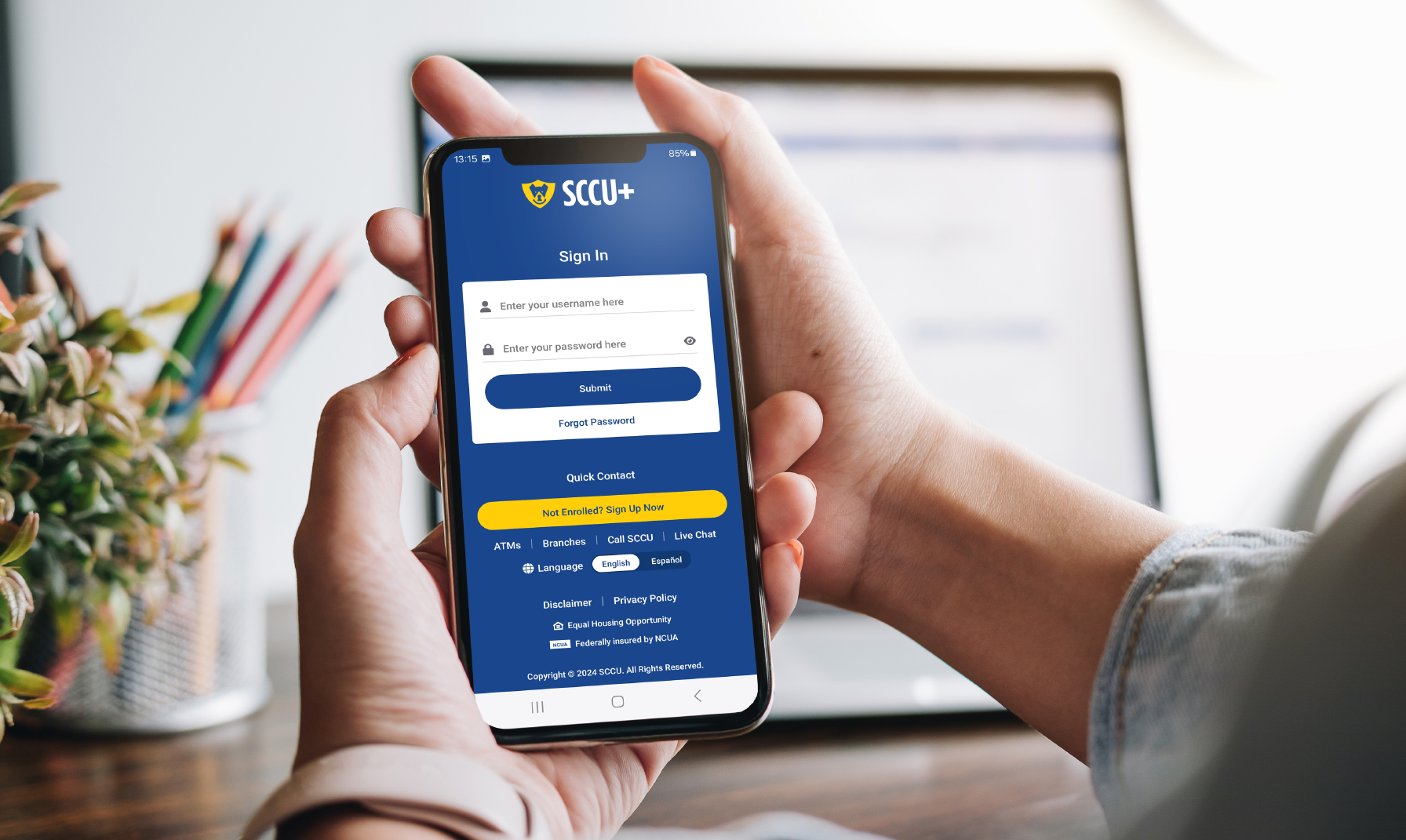

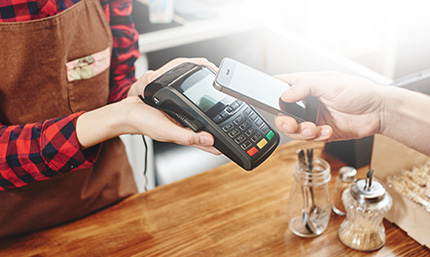







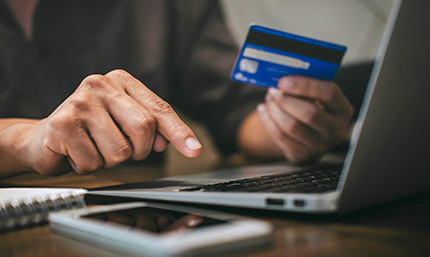
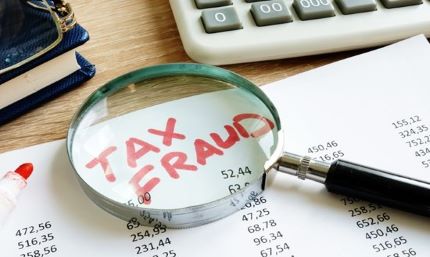


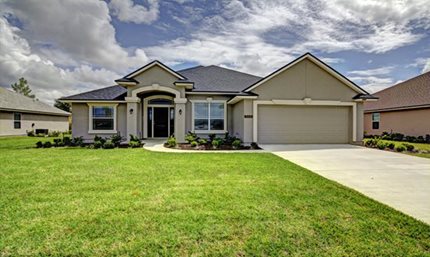
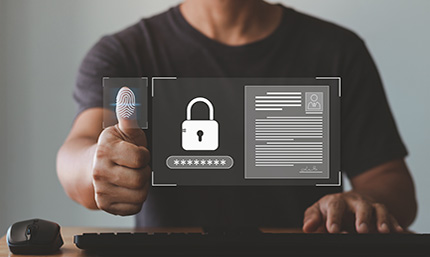
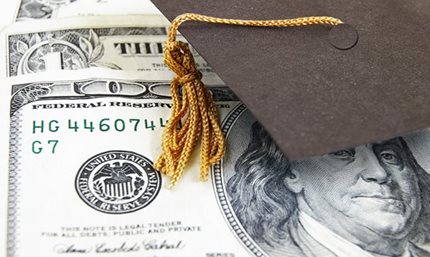

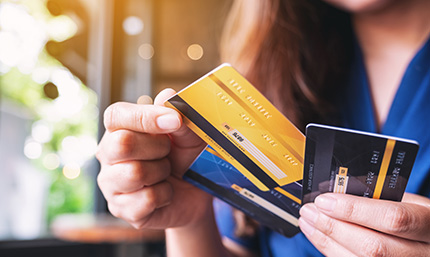
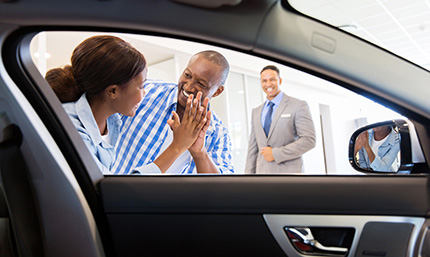

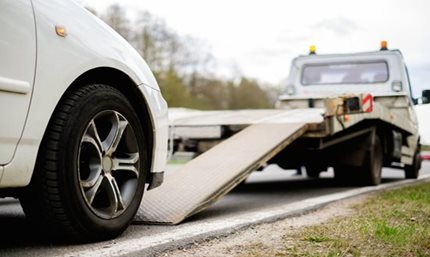





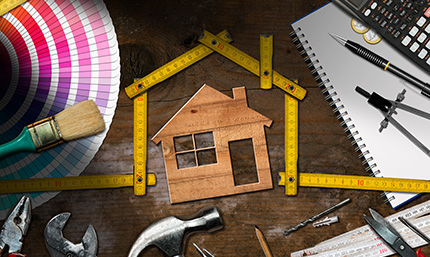






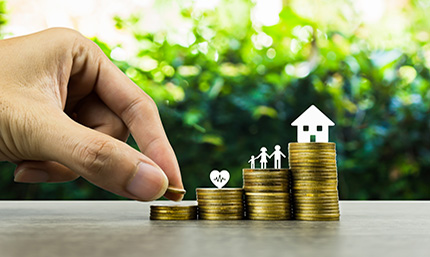









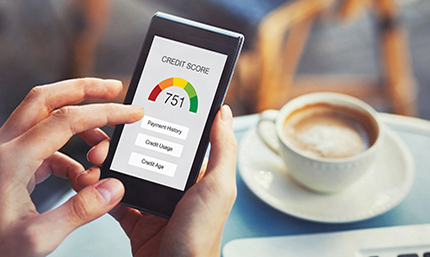
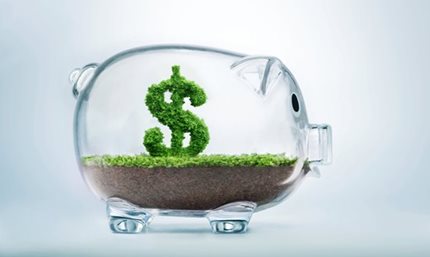




































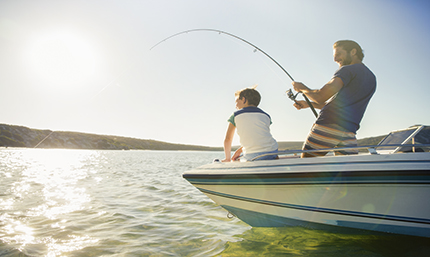














.jpg?width=430&height=257&ext=.jpg)





